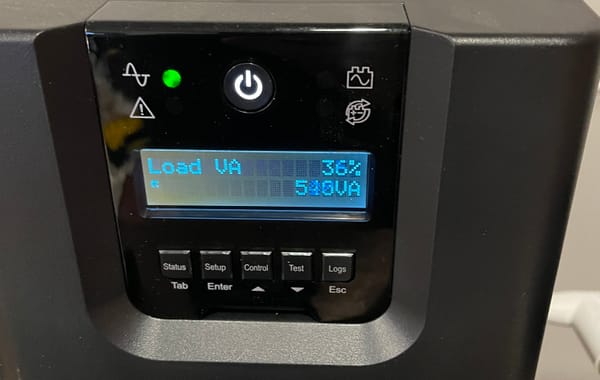What Was the Oculus Rift DK2 Like? A Retro VR Review
The Oculus DK2 was a pivotal step in VR’s evolution, bridging early experiments and modern headsets. How did it shape the industry, and what challenges did it face?
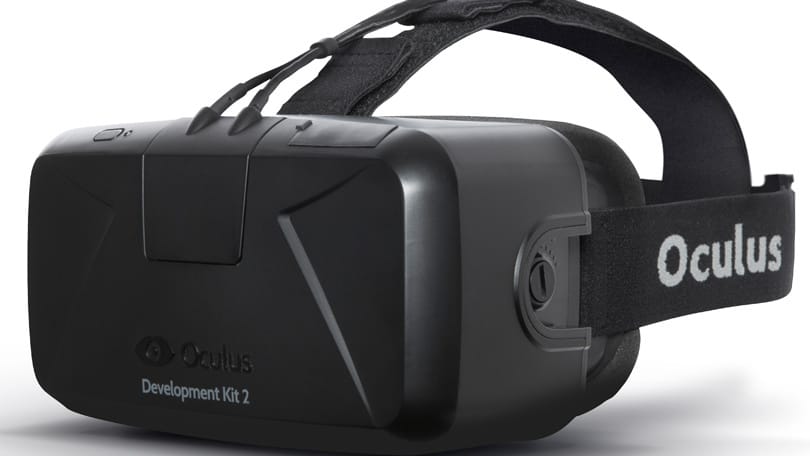
When the Oculus Development Kit 2 (DK2) was released, it marked a significant leap forward in the evolution of virtual reality (VR). Early adopters and developers alike were eager to test the boundaries of this new technology. While the DK2 was far from a finished consumer product, it provided a glimpse into the future of immersive gaming and VR experiences. Let’s revisit some of the standout demos and their impact on the VR landscape.
What Was the Oculus Development Kit 2?
The Oculus Development Kit 2, commonly known as the DK2, was the second iteration of Oculus VR’s prototype headset. Released in 2014, the DK2 was aimed primarily at developers, giving them the tools needed to create software for the rapidly emerging VR market. Building on the foundation of its predecessor, the DK1, the DK2 introduced key improvements such as positional tracking and a higher-resolution display. These advancements brought the technology one step closer to achieving the immersive experiences that VR promised.
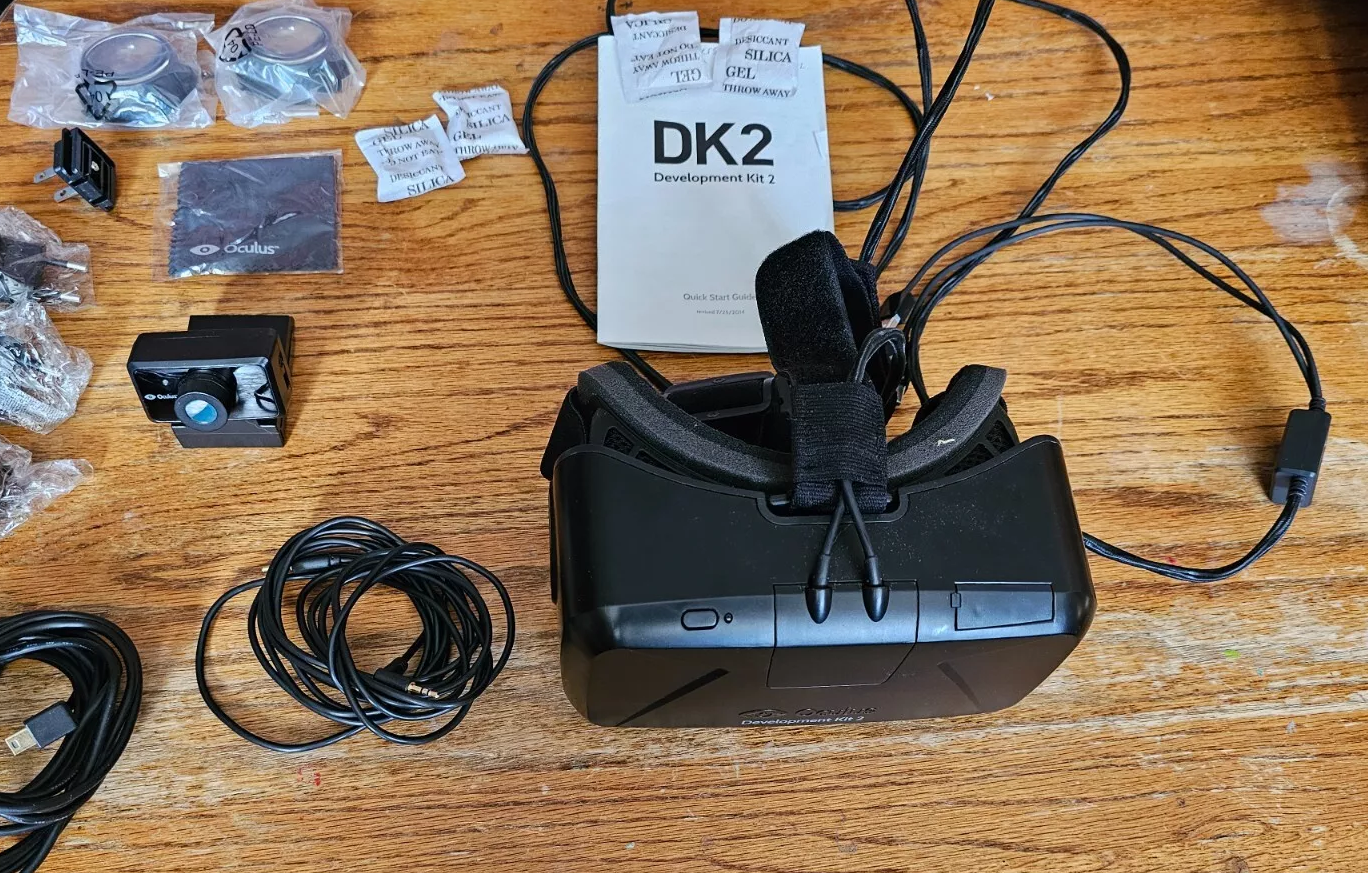
The importance of the DK2 cannot be overstated. It acted as a bridge between early VR experiments and the consumer-ready devices that followed. By providing developers with a robust platform for experimentation, the DK2 laid the groundwork for the content and applications that would eventually drive mass adoption of VR.
In 2014, Oculus VR was acquired by Facebook for $2 billion. This acquisition was a turning point for both Oculus and the VR industry as a whole. With Facebook’s resources, Oculus gained the funding and support needed to refine its technology and bring VR into the mainstream. However, the acquisition also sparked debates about the commercialization of VR and the direction the technology would take under a corporate giant.
The Kit Itseft
The Oculus DK2 was designed with both functionality and comfort in mind. The headset featured an adjustable strap system that allowed users to secure it to their heads more comfortably than its predecessor. The weight distribution was improved, but extended use could still cause strain.
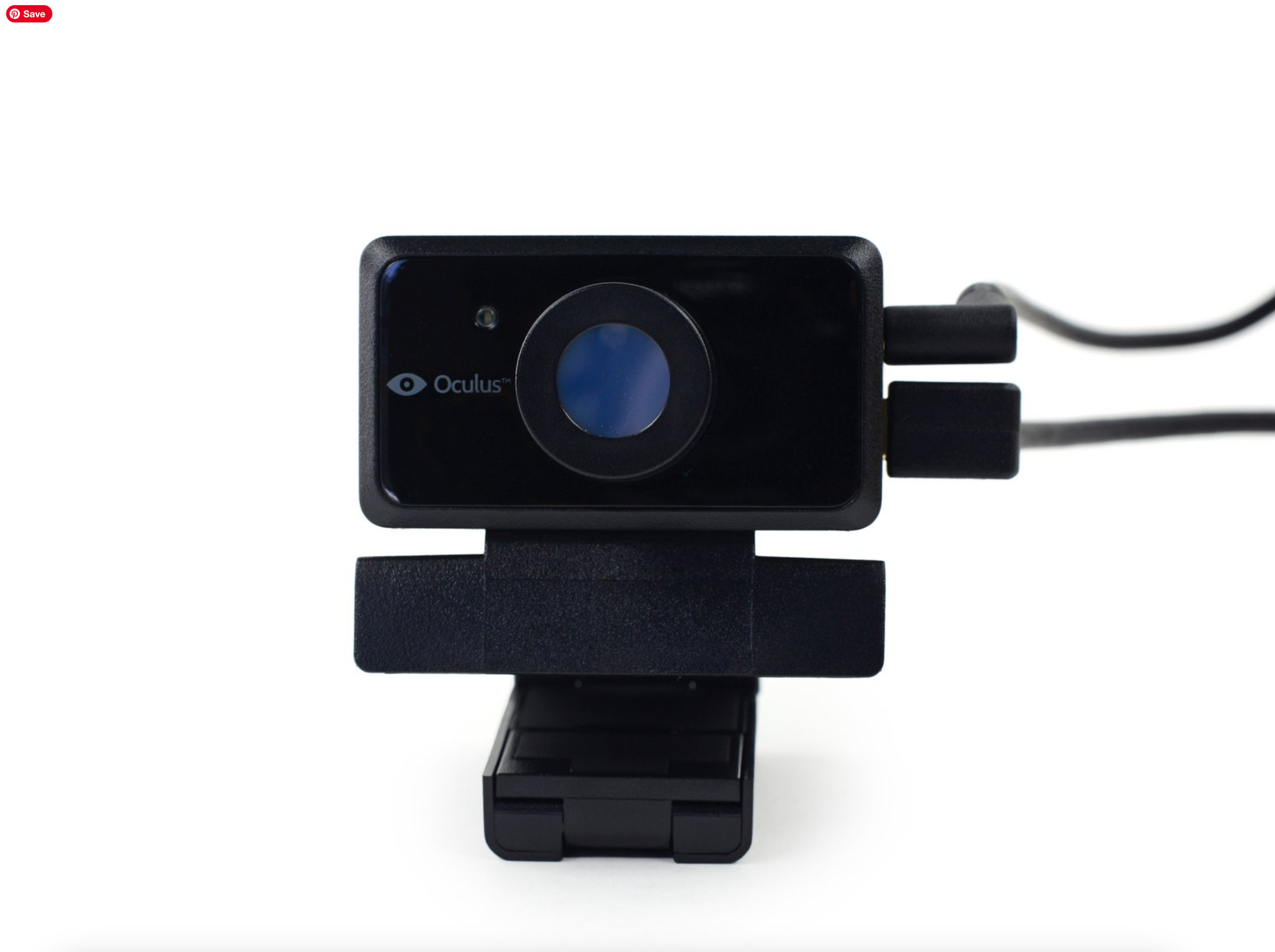
A major addition to the DK2 was the external infrared camera, which was used for positional tracking. This camera detected infrared LEDs embedded in the headset, allowing it to track a user’s head position in 3D space. Unlike simple rotational tracking, full positional tracking was a major challenge in VR, requiring precise monitoring of a user’s movements to maintain immersion. The use of external cameras was a common solution in early VR but was later replaced by inside-out tracking technology in modern headsets.
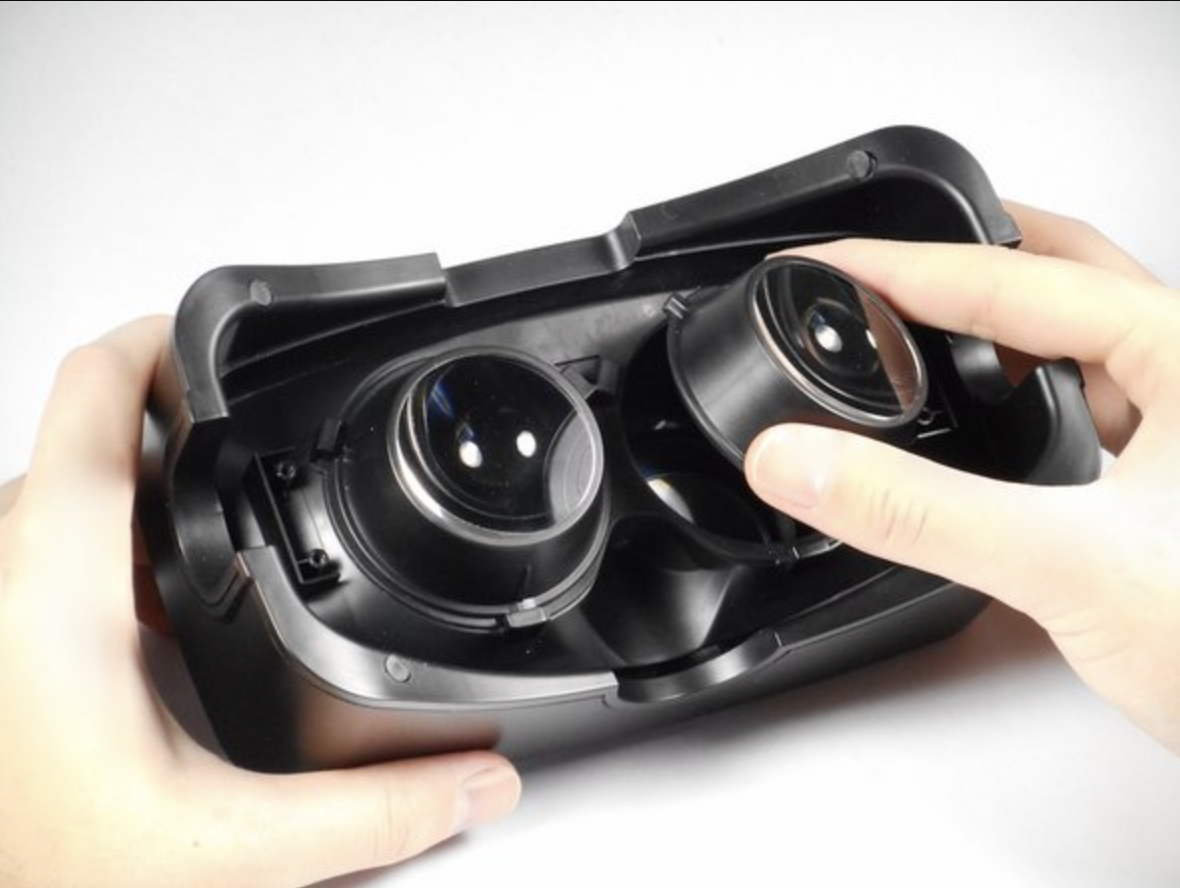
One of its notable features was the removable lens system, which allowed users to swap lenses to better match their vision needs. The front of the headset housed a single cable that extended out, providing all external connectivity, including both USB and HDMI for connecting to a PC, a power connection and a cable extending to the camera.
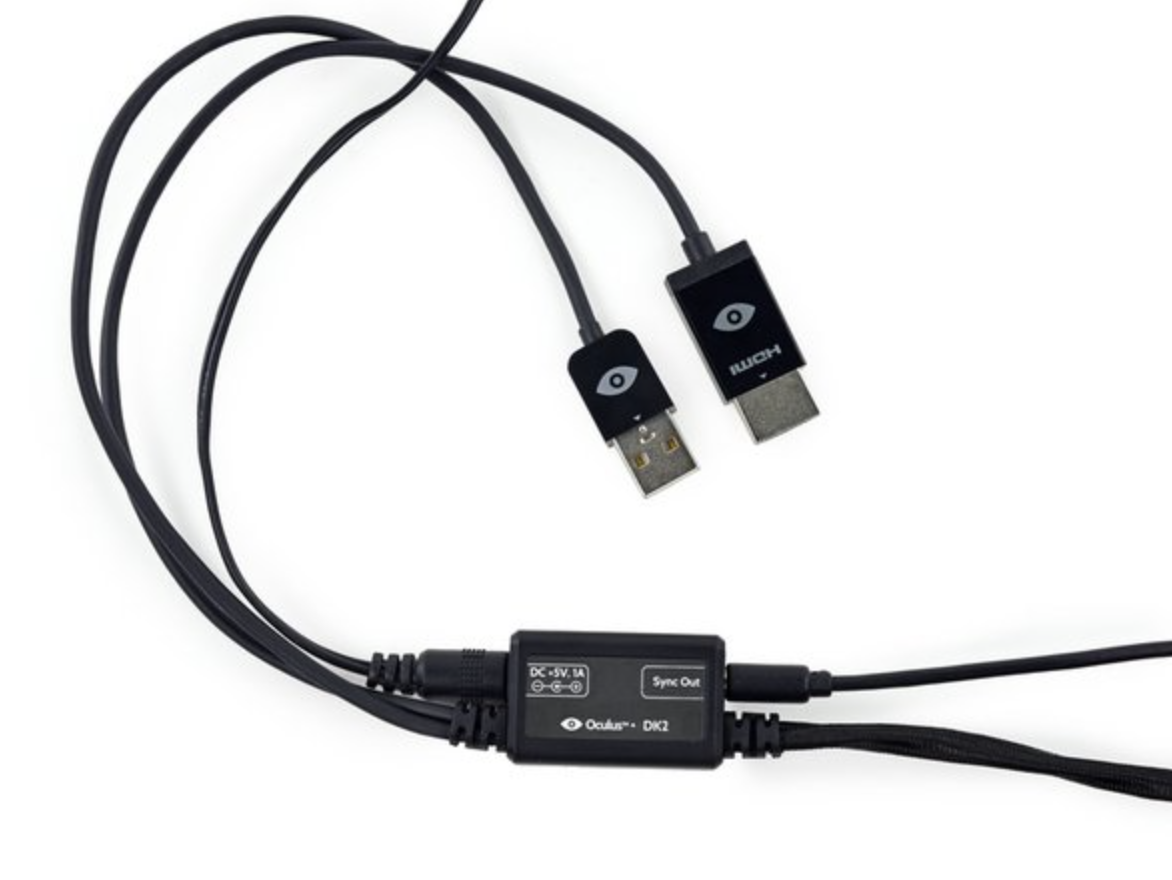
Although the DK2 improved upon the ergonomics and technical aspects of its predecessor, it still had limitations in comfort, tracking precision, and ease of use, which would be addressed in later iterations of VR hardware.
Technical Breakdown
The Oculus DK2 was packed with innovative features for its time, designed to give developers a better sense of the possibilities and challenges of VR development.
- Display: The DK2 featured a 5.7-inch OLED screen with a resolution of 960x1080 per eye (1920x1080 total). This was a significant improvement over the DK1’s 1280x800 resolution, providing sharper visuals and reducing the screen-door effect.
- Positional Tracking: One of the DK2’s standout features was its integrated positional tracking system. Using an external infrared camera and LEDs embedded in the headset, the DK2 allowed users to move their heads within a 3D space, significantly enhancing immersion compared to rotational tracking alone.
- Latency Reduction: The DK2 introduced low-persistence OLED technology to minimize motion blur and reduce latency. This improvement made fast-moving scenes more comfortable to view and less likely to cause motion sickness.
- Frame Rate: The DK2 supported refresh rates up to 75Hz, which, while sufficient for early VR, was a far cry from the 90Hz and higher rates now considered standard for a smooth VR experience.
These technical advancements made the DK2 a significant step forward in the development of VR hardware.
Tuscany : A Serene Gateway into Virtual Reality
The Tuscany demo was one of the first showcases for the Oculus Rift, allowing users to explore a tranquil garden house. When experienced on the first Oculus kit, Tuscany was impressive, but the DK2 elevated the experience with its improved hardware. From fluttering butterflies to birds chirping in the background, the demo aimed to replicate reality with rich details.
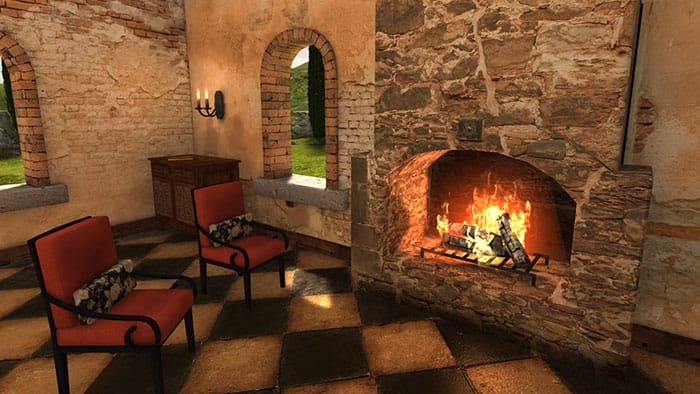
However, this fidelity came at a cost. The DK2's resolution, while improved over its predecessor, still fell short of creating a fully immersive experience. The screen’s limitations were particularly evident in a detailed environment like Tuscany, where the pixelation broke the illusion of reality. Even so, the demo highlighted the potential of VR to transport users into beautifully crafted worlds.
Helix Rollercoaster: A Thrill Ride and a Test of Stomach Fortitude
The Helix Rollercoaster demo, modeled after Liseberg’s fastest attraction, was one of the most popular VR experiences for the DK2. Created by ArchiVision, a Dutch studio with decades of 3D content experience, the visuals were stunning. Yet, the experience was marred by excessive jittering whenever the user moved their head, an issue likely exacerbated by underpowered hardware.
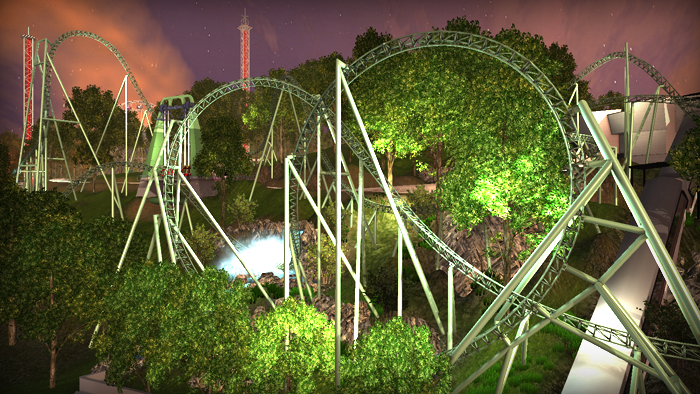
After upgrading from a Geforce GTS 450 to a GTX 760, the experience dramatically improved, with smoother visuals and reduced lag. This underscored the importance of pairing the DK2 with a robust GPU to unlock its full potential. Even with the hardware challenges, the Helix Rollercoaster was an exhilarating showcase of what VR could achieve.
Vanguard V: Redefining VR Gameplay
Vanguard V, a fast-paced third-person rail shooter, took full advantage of the DK2’s motion tracking capabilities. Navigating the game’s protagonist felt intuitive, leveraging head-tracking to create an innovative control scheme. Unlike many early VR demos that focused solely on immersive visuals, Vanguard V demonstrated the potential for deeper gameplay mechanics in virtual environments.
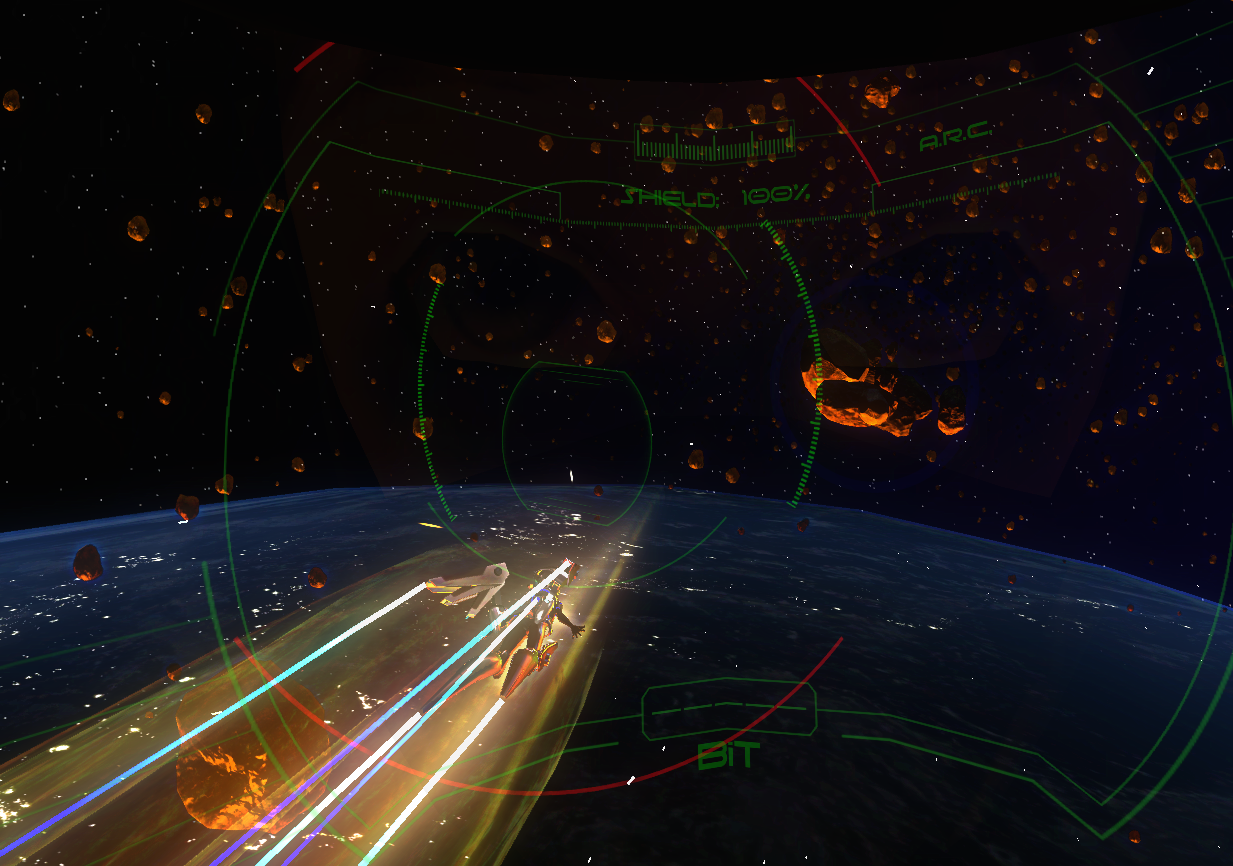
Originally launched as a Kickstarter project, Vanguard V fell short of its funding goal. However, its creator, Justin Moravetz, remained committed to developing VR-focused games, highlighting the passion driving the early VR community.
Couch Knights: A Multiplayer Highlight
Couch Knights was the Unreal Engine demo designed to showcase the DK2’s positional tracking and 3D display. In this multiplayer experience, two players controlled toy knights battling in a living room environment.
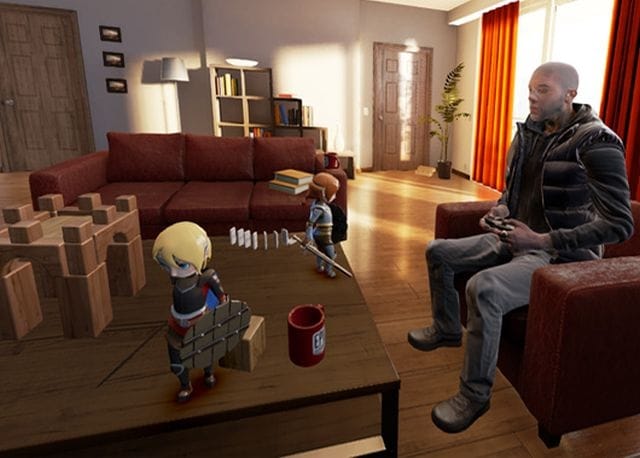
While a second Oculus kit was required to fully appreciate the demo, its potential was clear. The combination of high-quality visuals and interactive gameplay hinted at the future of social VR experiences.
Half-Life 2: A Classic Reimagined in VR
Valve’s Half-Life 2, a game that redefined first-person shooters in 2004, was recompiled to work with the Oculus Rift. Exploring the game’s dystopian world in a fully immersive 3D environment was impressive, but the limitations of the DK2’s motion tracking reminded users that the game was not originally designed for VR.
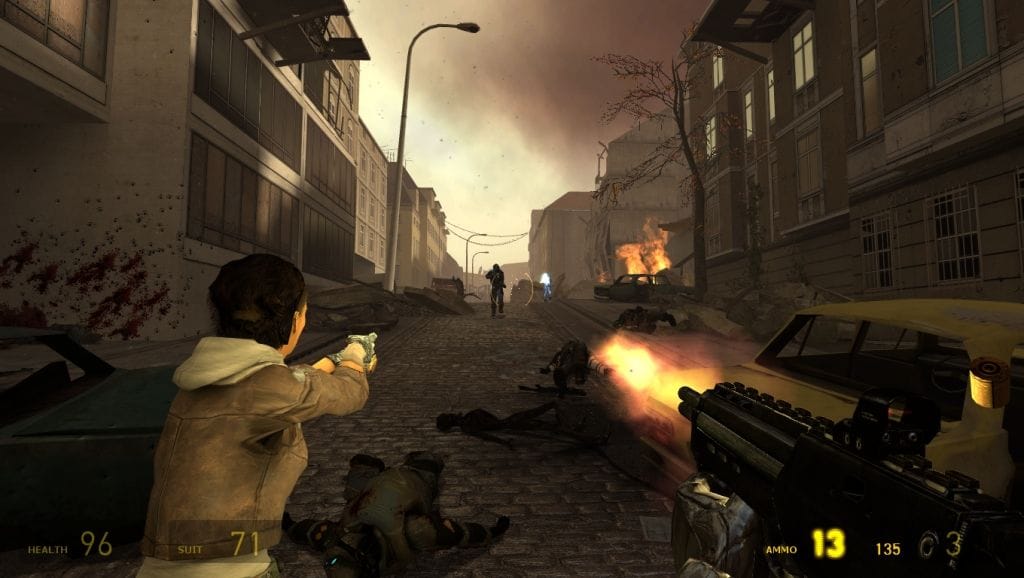
Despite these challenges, the experience showcased how classic games could be revitalized with VR.
Minecrift: Crafting VR with Minecraft
Minecraft’s blocky landscapes seemed tailor-made for virtual reality. Although Oculus’ acquisition by Facebook led Minecraft’s original creator to halt official VR support, a dedicated group of developers created Minecrift, a mod enabling Oculus compatibility.
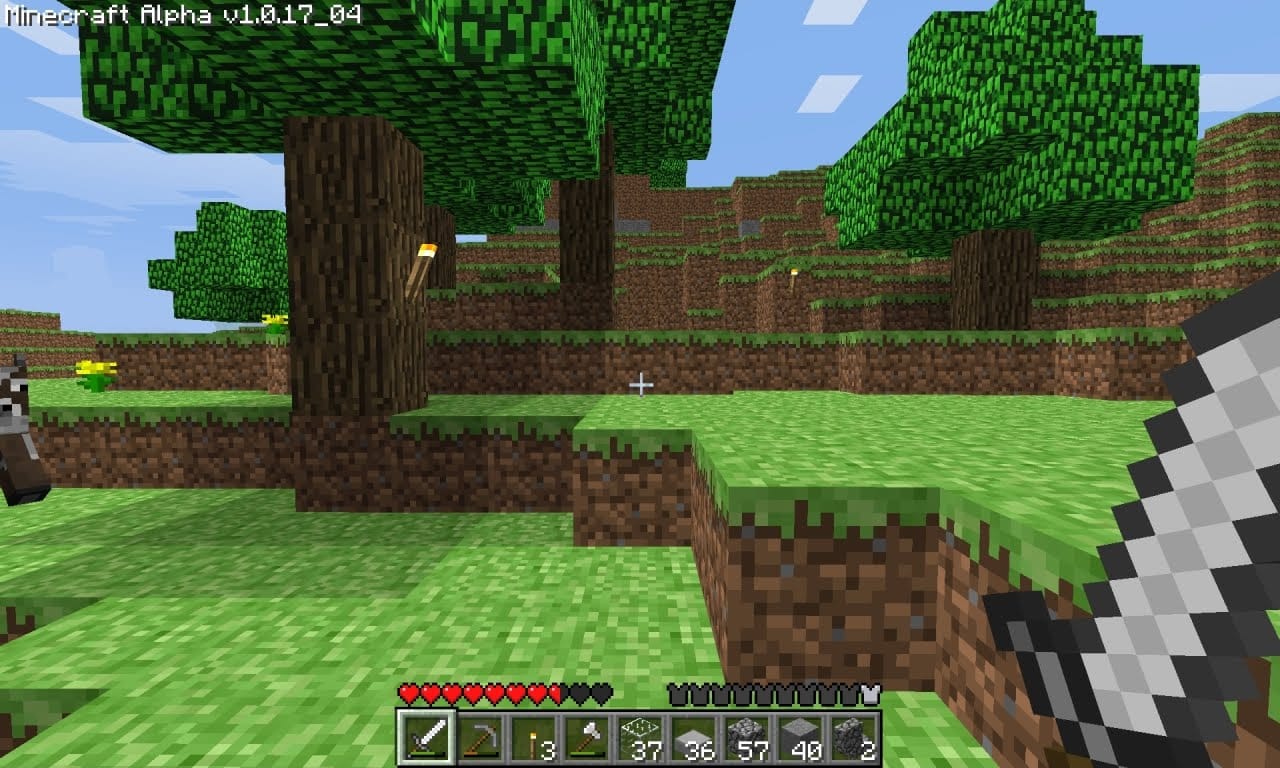
The experience of wandering through Minecraft’s vast, pixelated worlds in VR was awe-inspiring. While the motion tracking and controls were functional, they lacked the refinement needed for a seamless experience. Still, Minecrift exemplified the creativity and determination of the VR community.
Reflections on the DK2’s Legacy (Updated in 2025)
The Oculus DK2 was an important step forward for VR hardware, improving upon its predecessor with enhanced tracking and resolution. Yet, it was clear that the technology was not ready for mainstream consumers. Many demos lacked the polish required to appeal to a broader audience, and the hardware’s limitations prevented truly immersive experiences.
However, the DK2 served its purpose as a development platform, enabling creators to experiment with VR and lay the groundwork for the industry’s future. Today, modern headsets have overcome many of the challenges faced by the DK2, delivering higher resolutions, better tracking, and more compelling software.
As we reflect on the DK2, it’s worth appreciating its role in kickstarting the VR revolution. From tranquil gardens to rollercoasters, it introduced users to the possibilities of virtual worlds and inspired a new wave of innovation.

